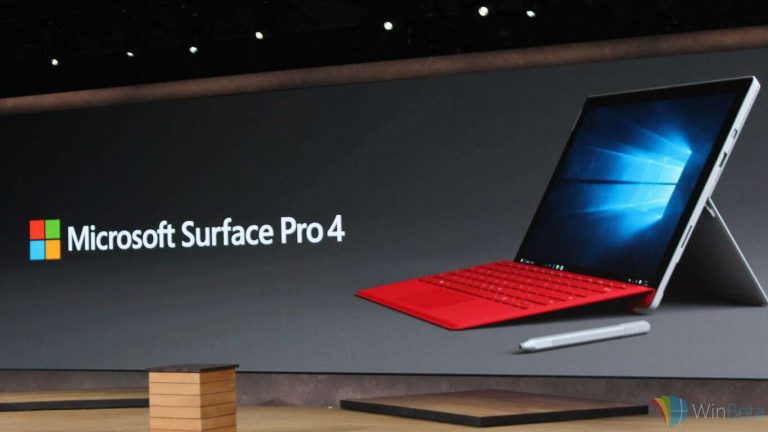Microsoft introduced liquid cooling in the Surface Pro 3, a move that wasn’t terribly surprising given how much computing power was packed into such a thin device. As any Surface Pro 3 user can tell you, the design is effective in drawing heat away from the processor and keeping most of the machine nice and cool. The problem is, all of that heat needs to go somewhere, and on the Surface Pro 3 it tends to concentrate in the upper right-hand corner.
As it turns out, there might be a good reason for that.
Imgur user mrong (Sean Ong) posted a discussion of the new Surface Pro 4’s “hybrid liquid cooling” system, and describes how heat is now diverted in two directions. In the Surface Pro 4, two liquid-filled heat pipes pull thermal energy from the processor. One heads to the fan, the other to a copper plate that sits under the kickstand. Compared to the Surface Pro 3, this design should allow the newer machine to run cooler and avoid creating any uncomfortable hot spots.
Here’s a more complete description:
The SP3 had all the heat concentrated in one spot (that hot spot in the corner). The SP4 actually boils/evaporates liquid inside a metal tube that touches the processor, and that vapor travels to two places inside the SP4 to condense back into a liquid: one to the fan, and the other under where the kickstand normally rests. The one under the kickstand allows the fan to rarely run, unless under extremely demanding tasks. So for web browsing, and normal day-to-day activities, you’ll no longer have the fan run as you did in the Surface Pro 3. And when the surface is under pressure with the fan running, the heat will be more evenly distributed – not all concentrated in a big hot spot – making the SP4 feel a bit cooler
In general, liquid cooling is recognized best as the combination of pipes, pumps, and chemicals installed in high-end gaming systems to aggressively (and quietly) overclock CPUs and RAM to squeeze out the last possible frame per second in today’s modern games. The system that Microsoft uses in the Surface Pro 3 and 4 (as well as the new Lumia 950/950XL smartphones, most likely) isn’t exactly the same technology, but the principles are the same.
Simply put, liquid is a more efficient thermal conductor than is air, and thus works better at moving heat away from where it’s not wanted. In Microsoft’s implementation, the liquid is stored in the heat pipes that connect the CPU to the fan and plate in the image above. The liquid is evaporated by the CPU, travels down the pipe as vapor, and then condenses back to a liquid when cooled–thus transferring the heat away from the CPU and out of the system. This is a highly simplified description, but the bottom line is that such a system provides some significant benefits:
- It reduces CPU throttling and improves overall performance,
- It extends the lifespan of system components (heat is a killer), and
- It allows fans to run less often at lower speeds. It’s a win-win situation.
Let’s hope the new liquid cooling system in the Surface Pro 4 is more effective than the system used in the Surface Pro 3. A quieter machine without an uncomfortable hot spot would make for yet another significant upgrade.



